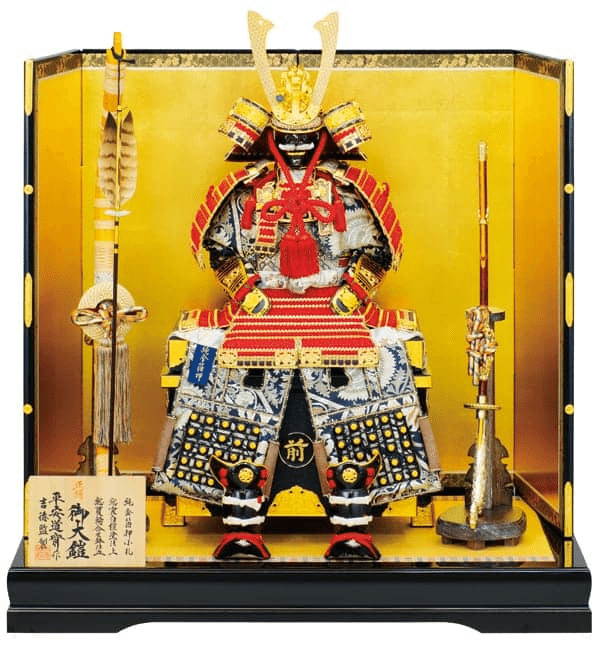端午の節句
日本の端午の節句
1. 由来
中国から日本に伝来した風習がもとになっている。一年に五回ある節句には、邪気が近づきやすいとされており、神様に無病息災をお祈りしてお供えする習わしがあった。この際に菖蒲やヨモギを飾ったり、菖蒲酒を飲んだりして、厄除けや健康増進を図っていた。節句というのは季節の変わり目のことである。
日本に定着したのは、奈良時代のことである。五月の田植えの前に五穀豊穣を願って田んぼの汚れを払う五月忌みという風習の際に女性が菖蒲を使って体を清める。この風習が中国の端午の節句と合わさってのちにお祝いの行事に発展していった。
Origin
It is the custom that came to Japan from China. It was said that evil was easy to approach in the festival which had five times a year, and there was a custom to pray and offer the disease-free disaster to God. At this time, they decorated irises and yogis, and drank iris wine to ward off evil and improve health. The festival is the turn of the season.
It was in the Nara period that it settled in Japan. The woman cleanses the body by using irises at the custom of the may remembrance which pays the dirt of the rice field in hope of the rich harvest of five grains before the rice planting in May. This custom combined with the festival of the tango of China and developed into a celebration event.
2. 時間
日本の端午の節句は旧暦5月5日と決められている。そして、現代の日本では5月5日を「こどもの日」と呼び、国民の祝日とされている。
Time
May 5 of the lunar calendar
In modern Japan, May 5th is called Children’s Day and it is decided to be a national holiday.
3. 行事
・五月人形
五月人形(鎧や兜)が飾られる。五月人形を飾るようになったのは、「菖蒲」と武道や武勇を重んじる「尚武」の読みが同じだからという説がある。その他にも鎌倉~室町時代になると、梅雨の前に鎧や兜を飾って、風を通し虫干しと手に入れする武士の慣習に由来するという説がある。現在では兜が身を守ることから、病気や事故から子供の体を守り、力強く育ってほしいという願いが込められて飾られている。
May doll
May dolls (armor and helmets) are displayed. There is a theory that the reading of "Shobu" which greatly enjoys "Iris", martial arts, and valor is the same that the doll came to decorate in May. In addition, there is a theory that it originates from the custom of the samurai who decorates armor and the helmet before the rainy season before the rainy season, and can get it through the wind with insect drying in the Kamakura-Muromachi period. Today, helmets protect themselves, so they are decorated with the wish to protect children's bodies from illness and accidents and grow up strong.


・こいのぼり
こいのぼりを上げ始めたのは、江戸時代からである。武士の家で男の子が生まれたらのぼりを立てて祝ったが、市民はのぼりを立てることが禁止されていたので、代わりにこいのぼりを立てるようになった。由来は中国の「登竜門」の伝説である。中国の黄河上流には竜門という激流が連なる滝があり、そこを登り切った鯉は竜になるといわれていた。ある時、一匹の鯉が竜門を登り切ったところ、鯉は竜へと変身して天に昇って行ったという伝説である。この言い伝えから、鯉のぼりはたとえ困難にあってもたくましく立ち向かい出世できるように、という願いが込められている。
Koinobori
Koinobori began to be raised in the Edo period. They celebrated the death of a boy in a samurai house, but citizens were prohibited from making a nobori, so they bed to set up a gobori instead. It is derived from the legend of "Toryumon" in China. There was a waterfall called Ryumon in the upper yellow river of China, and it was said that the carp which climbed there became a dragon. It is a legend that when a carp climbed the dragon gate at one point, the carp transformed into a dragon and ascended to heaven. From this saying, the wish is to make carp streamer stand strong and be able to grow up even in difficulties.
画像9
4.食べ物
日本では、柏餅やちまきを食べることが一般的に知られている。
柏餅は、餅の中に餡をはさんで、柏の葉で包んだ和菓子である。柏の葉は新芽が育つまで古い葉が落ちないという性質から「子供が大きくなるまで父母は死なない」という「子孫繁栄」の意味が込められている。これは、日本固有の性質で、主に関東地方で親しまれている。
ちまきは中国の厄除の効果があるとされていることに由来している。これは主に関西地方で親しまれている。日本のちまきは、主にお餅や餅米を笹の葉で包み、砂糖やきな粉を付けて食べるのが一般的である。かつてちまきは、毒蛇とも例えられていて、ちまきを食べると悪い病気にもならず、災難も除けられると考えられていた。


Traditional food
In japan, it is common to eat Kashiwa mochi and Chimaki.
Kashiwa mochi is a Japanese confectionery made by sandwiching bean paste in mochi and
wrapping it in Kashiwa leaves. Kashiwa has the property that old leaves do not fall until new shoots grow, so Kashiwa mochi has the meaning of property of descendants. This is unique to Japan and is popular in the Kanto region.
Chimaki is said to have the effect of exterminating evil. This is popular mainly in the Kansai region. In japan, Chimaki is generally made by wrapping rice cakes in bamboo leaves.We wat mochi with sugar or soybean flour. Chimaki was once linked to a poisonous snake. It was said that eating chimaki would not cause abad illness and get involved in disasters.
この記事が気に入ったらサポートをしてみませんか?
